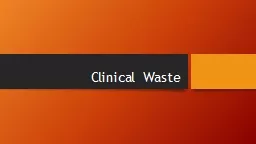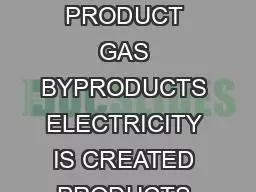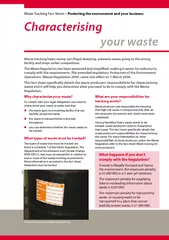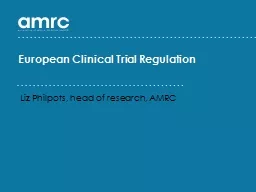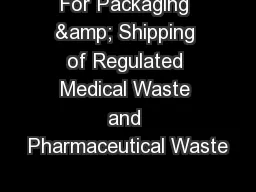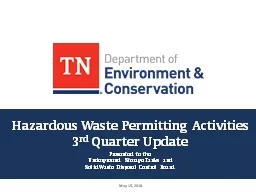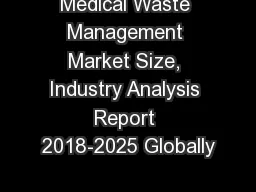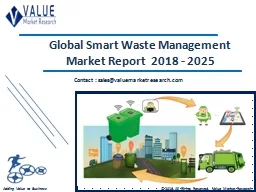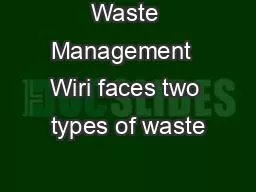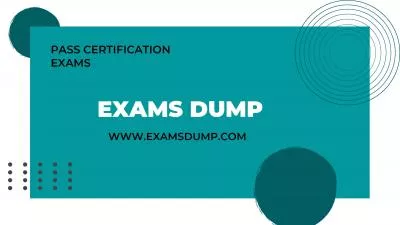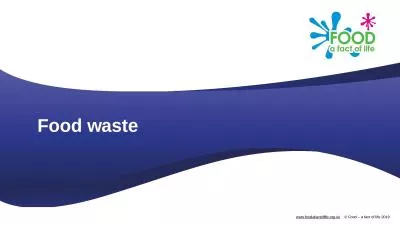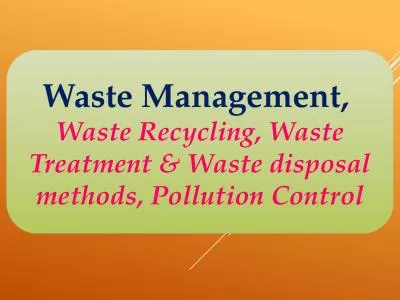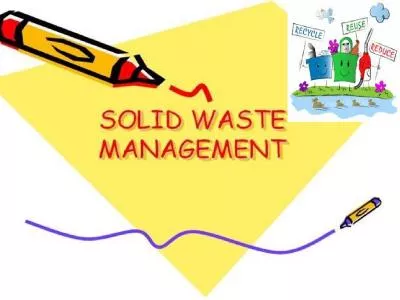PPT-Clinical Waste Regulation
Author : YourFavoriteFlower | Published Date : 2022-08-04
HTM 0107 Safe Management of Healthcare waste HTM 0105 Decontamination in Primary Care Dental Practice COSHH EWC European Waste Cataloguethis classifies different
Presentation Embed Code
Download Presentation
Download Presentation The PPT/PDF document "Clinical Waste Regulation" is the property of its rightful owner. Permission is granted to download and print the materials on this website for personal, non-commercial use only, and to display it on your personal computer provided you do not modify the materials and that you retain all copyright notices contained in the materials. By downloading content from our website, you accept the terms of this agreement.
Clinical Waste Regulation: Transcript
Download Rules Of Document
"Clinical Waste Regulation"The content belongs to its owner. You may download and print it for personal use, without modification, and keep all copyright notices. By downloading, you agree to these terms.
Related Documents

